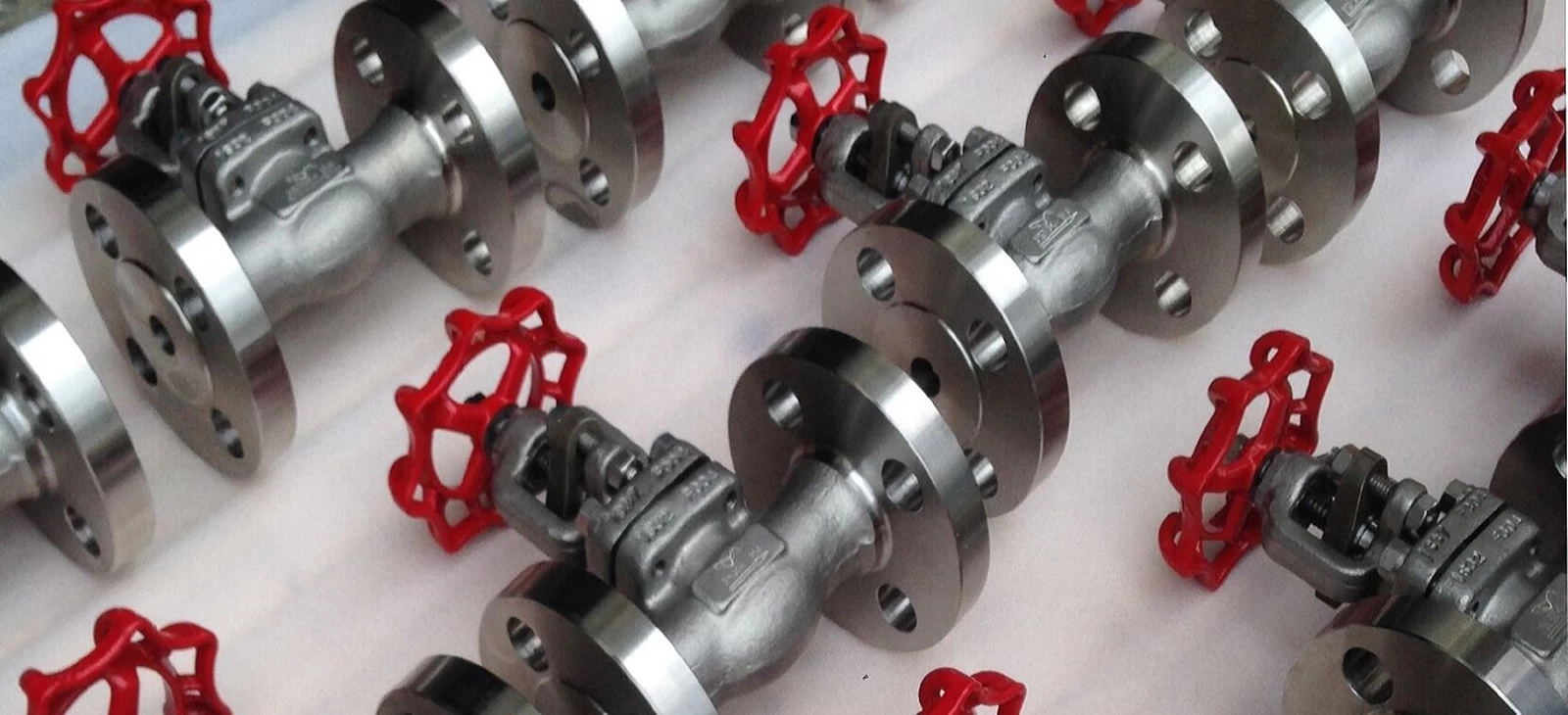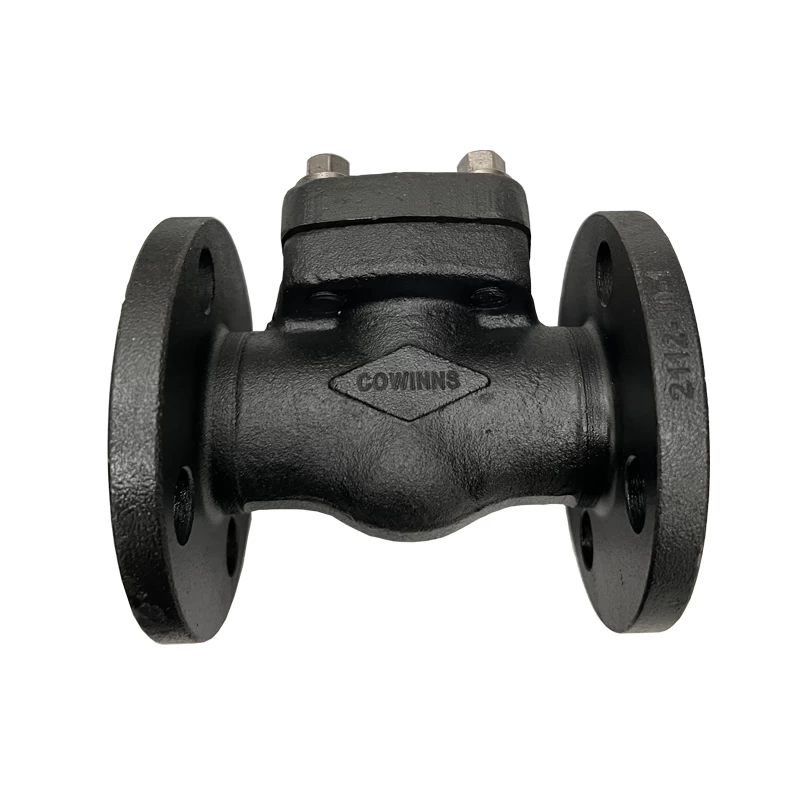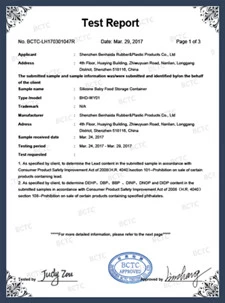3D printing of PEEK valves
3D printing has its advantages when printing polymers for critical applications. PEEK (Polyetheretherketone) for valve seats is a such a critical material-application combination. Italian company Roboze claims it has developed a 3D-printer and extrud
Article by Lucien Joppen, Valve World
___
The first question is why PEEK is suitable for additive manufacturing, in this case for the production of valve seats. The answer lies in its functionalities and subsequent price level. Polyetheretherketone, a semi-crystalline thermoplastic polymer with a highly stable chemical structure, provides numerous advantages over other materials. PEEK is highly resistant to a wide range of chemical environments, even at high temperatures. It can only be dissolved in concentrated nitric acid or sulfuric acid. Furthermore, it has a long life span. As a hard, rigid and resistant polymer, it has a low level of wear, a low friction coefficient, as well as reduced maintenance cycles compared to metal components. It is also resistant to hydrolysis: PEEK can be exposed to water, high pressures, and steam for a long period of time without presenting any serious deterioration. Last but not least, it has a high resistance to high temperatures: PEEK maintains its stability while exposed to continuous temperatures of 245°C, without suffering damages.
No easy feat
Given this polymer’s price level, 3D printing could be an interesting option to cut costs, (production) time and reduce material waste. The company says it has the hardware to print PEEK applications. Given the material’s properties, this is not an easy feat. Given the high thermal resistance of PEEK, the 3D production machinery must reach temperatures around 500°C to extrude. This is possible thanks to the evolution of FFF (fused filament fabrication) technology developed and patented by Roboze: the Beltless System. The mechatronic transmission of the X /Y axes is direct, thanks to the insertion of helical racks in direct contact with the pinion. These components are made of hardened steel. Traditional FFF systems have rubber belts that, regardless of the nature of the rubber, ultimately will run at high temperatures, which could negatively affect the accuracy and repeatability of printed parts, Roboze states. Furthermore, the Roboze R&D team has developed an ad hoc extruder for printing highly viscous materials such as PEEK. The Roboze HVP extruder (patent pending, ed.) is “an engineering gem, the result of knowhow and expertise in the R&D Roboze area and the CNC-machine park at Roboze’s manufacturing plant.”
 +86 512 68781993
+86 512 68781993 


















